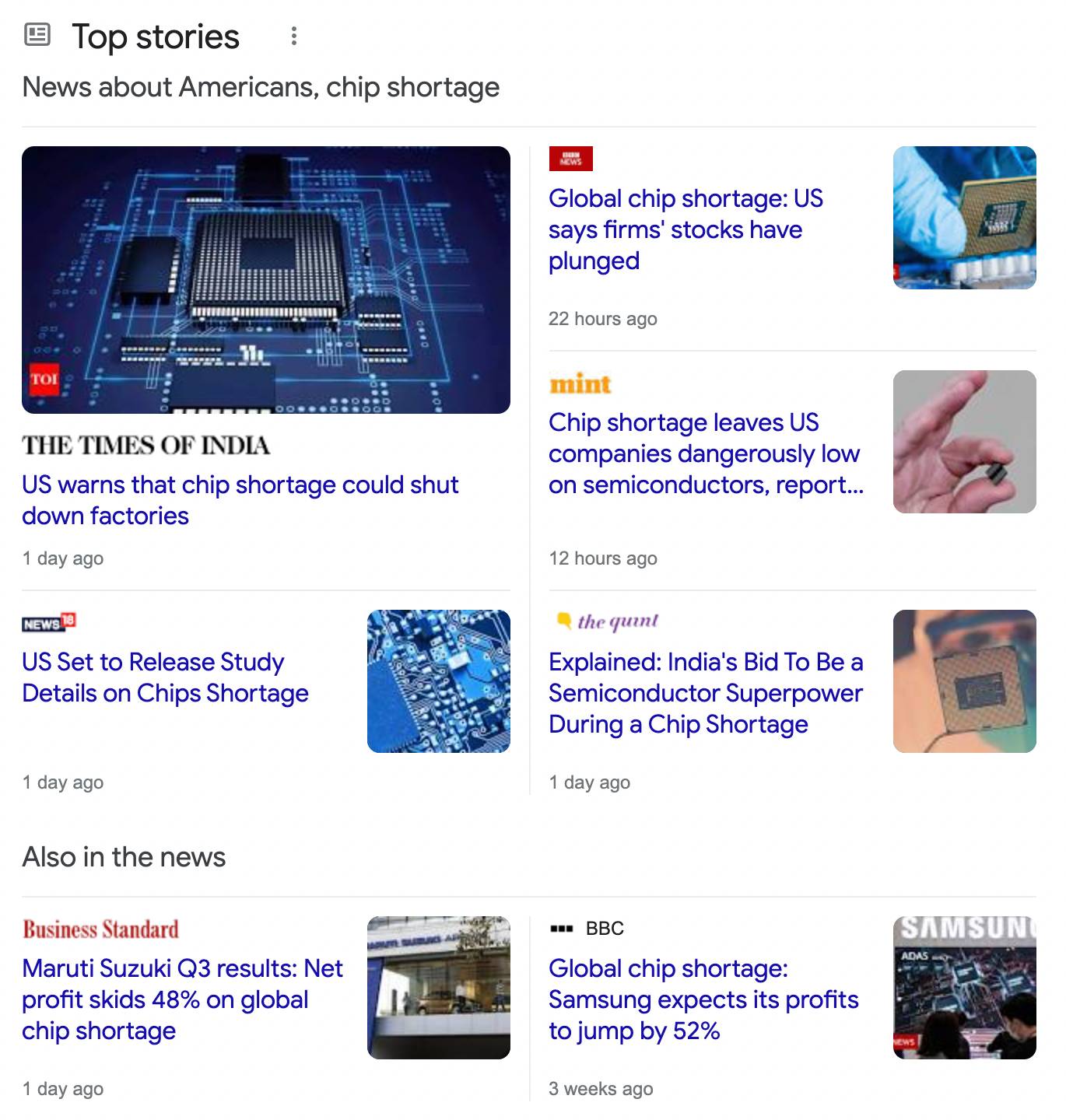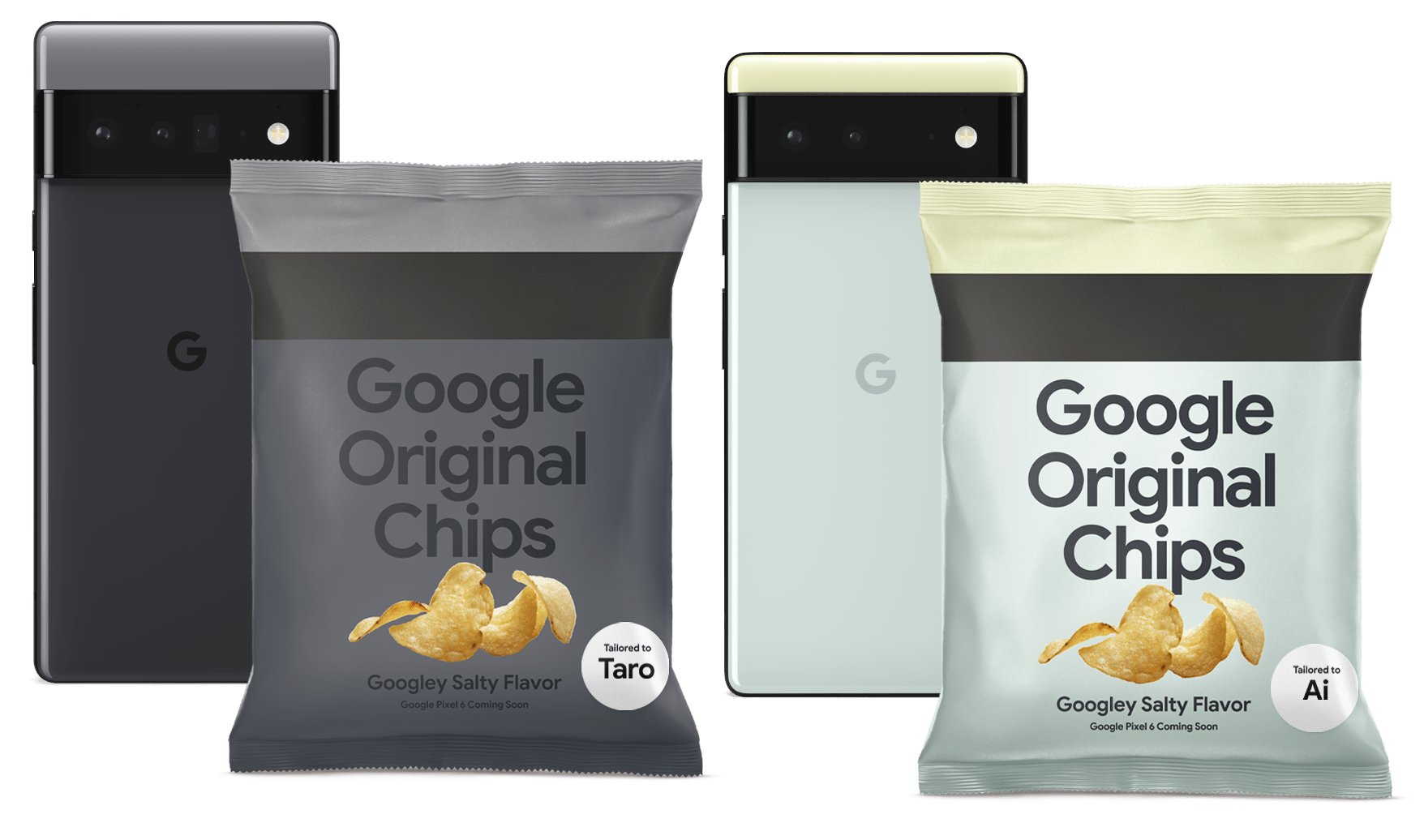
There’s considerable news about the global ‘chip shortage’ owing to COVID-19 and the issues around USA vs. China, among other reasons.

But let me isolate two recent ‘chip’ announcements from an advertising perspective, from two tech. giants, Apple and Google.
Apple launched its first chip, the M1, back in November 2020 with the Macbook Pro. When it was announced on November 10, 2020, it was a routine, business-as-usual, jargon-filled launch.
It wasn’t until Apple launched the new iPad Pro with the M1 chip in April 2021 that they properly advertised the chip.
The ad featured someone very famous (no spoilers) and had the Mission Impossible theme. The idea was that Mac’s M1 chip has now been stolen for the iPad Pro and the ‘famous person’ helps achieve this heist.
This is not the first Mission Impossible-themed ad from Apple, though. The first was in 2009, for the iPhone 3Gs (agency: TBWA/Media Arts Lab) where the narrative hinted at the famous film’s heist scene.
From an advertising perspective, the new chip announcement from Apple was corny, to put it mildly, given how the ‘famous person’ enters the frame in the ad.
But if Apple’s chip announcement was corny, Google chip announcement goes several steps ahead in the ‘corny’ department 🙂
Google announced its new SoC, its first consumer system-on-a-chip called Tensor in August 2021.
But that was just the formal, jargon-filled announcement.
Google advertised the chip announcement in Japan with a unique stunt – they actually launched ‘Google Original Chips’… 10,000 packs of ‘Googley Salty Flavor’ potato chips!!

Beyond this stunt, much of Google’s chip-related announcements were rightly woven into the Pixel 6 story, much like how Apple wove the M1 story into the devices they were part of.
Both Apple’s and Google’s narratives to announce their own chips are in dramatic contrast with how chips were announced in the past from the chip-behemoth Intel. Intel’s many chips (Core i3, i5, i9, etc.) were announced in the most B2B’ish, technical ways, and it was left to the OEMs to translate the benefits of the chips in terms of consumer benefits.
But Apple and Google are device makers themselves and when they launch their own chips, they have an integrated story to tell (M1 + iPad Pro; and Pixel 6 + Tensor). The template is the same, however – the ‘Intel Inside’ story’s equivalent. But the device-maker is also a chip-maker now and they are thinking holistically, device+chip story told from a consumer audience’s perspective.
